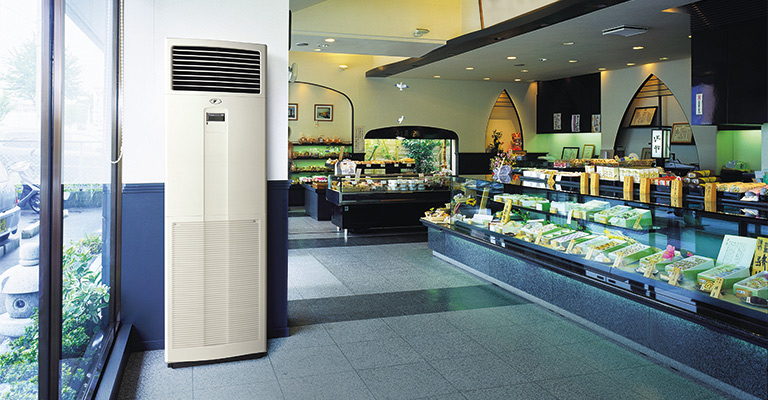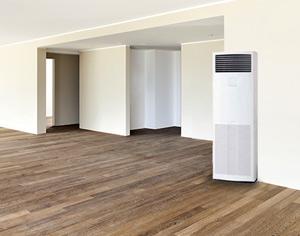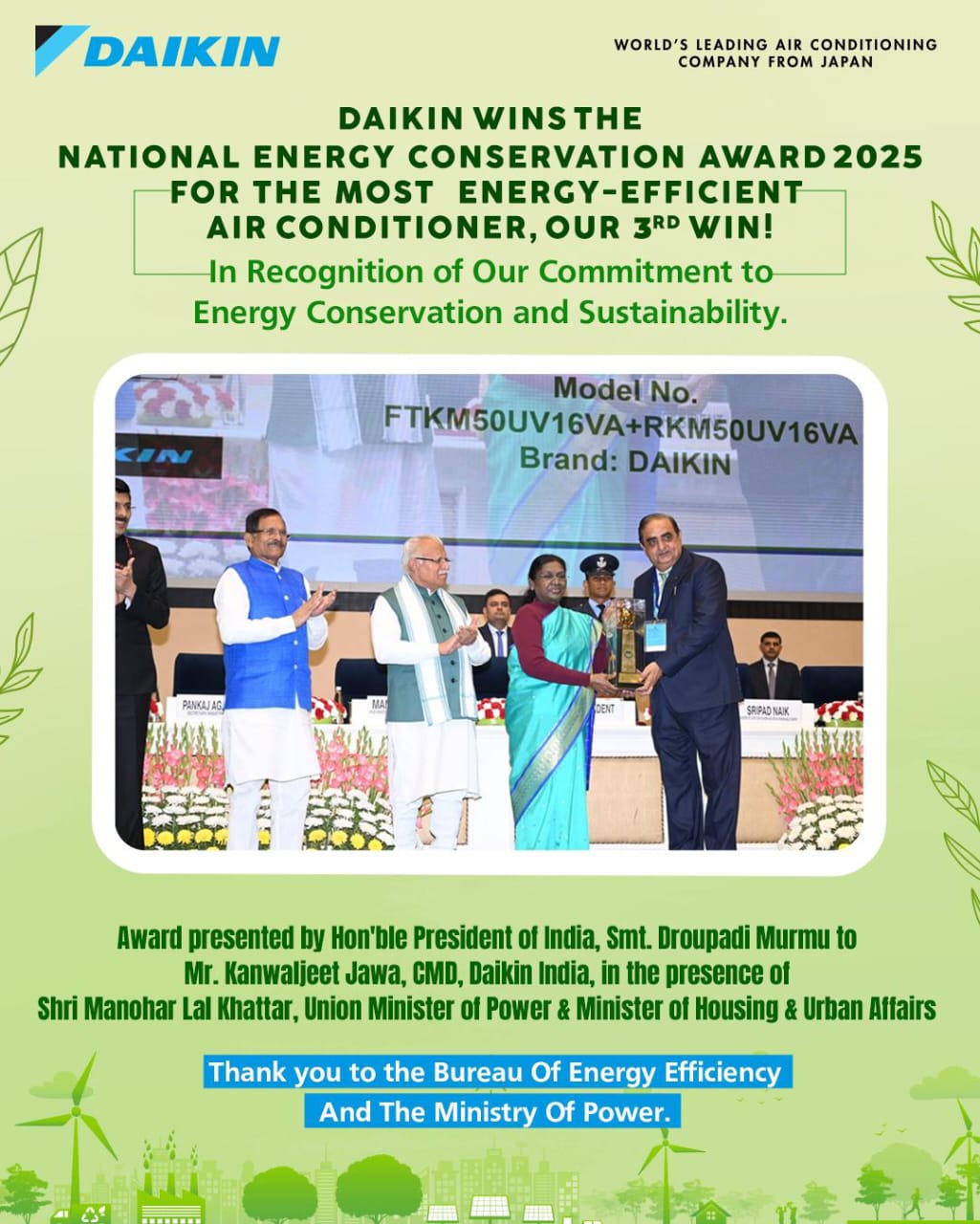
Perfect for a spread of cooling space, non cassette air conditioners are nice alternatives to ancient air-conditioner systems as a result of their physical features of being compact and mobile, and no requirement of permanent installation. Floor standing, or portable air conditioners as they are often referred to, use refrigerants to cut back the temperature. Throughout the cooling method, wet is condensed out of the air and picked up in an exceedingly drain bucket or exhausted out through a drain hose or gaseous out area. The heating uses PTC heating technology, quick heat transfer, high potency, and low power consumption resulting in growth of the market.
The non cassette air conditioning system market is estimated at USD 680 million in 2018 and is projected to reach USD 1.7 billion by 2025, at a CAGR of 7 percent in the 2018-2025 period. Residential end users make up the vast majority (upwards of 80 percent) of that market globally. Asia-Pacific accounted for the largest market share in 2018; rapid growing economies such India and China are predicted to be the principle growth regions. This can be credited to the growing awareness and inclination toward advanced energy efficient products and rising disposable income of buyers in the region and increasing awareness and inclination towards advanced power efficient products. As far as revenue is concerned, Europe is projected to be the second leading market after Asia-Pacific as a result of initiatives from authoritarian bodies to control energy consumption and need for replacement of existing equipment. Research indicates that the US too is set to embrace portable cooling.

Among portable AC applications, the non cassette air conditioner for medium room segment held principle share as far as income and utilization in 2018. With cooling limits extending from 7,000 BTUs to 10,000 BTUs, these portable ACs cool little to medium-sized rooms ranging from 100 to 300 square feet. Every unit is ideal for use in a common size room, a little office, a tiny-vehicle garage, or a little PC server room, with conventional 8-foot roofs. They are additionally cost and energy efficient when used as an alternative for central AC and consequently hold the prime share of overall market and is predicted to keep up its prevalence over coming years.
As the urban consumer gets more savvy, and networks more and more outside his home in cafés and restaurants, flexible cooling solutions that can be moved from room to room, or a non cassette AC paired with a ceiling fan to boost air circulation and mix hotter and cooler air in an outside space are finding application.
Cafés and restaurants face tough air conditioning challenges. Food preparation areas produce significant humidity from dish washing, cooking and hot beverage service. No matter how classy and upscale the restaurant, the kitchen can be a hot air trap. In most kitchens, chefs and kitchen staff need to wear hats, caps, or hair nets. With temperatures at an excruciating average of 30-40 degrees Celsius across the country, they are required to work in hot kitchens for extended hours at a time. For food safety and equipment preservation too, the restaurant kitchen must be kept cool to avoid health inspection problems. If the kitchen does not meet health department standards for any reason, including inadequate climate control, it would be forced to shut down. The last thing desired is smell lingering food odors. Draught-free air distribution is required to prevent odors from spreading out and creating a fresh and pleasant atmosphere.
Just a few feet away from the kitchen, customers and staff want a comfortable environment. The reputation of a restaurant, and the repeat business that it attracts, is built on a number of interacting factors that influence the overall dining experience. Whilst the food is clearly important, the ambience also plays a key role. The expectation by diners is that they will experience a comfortable and relaxing environment irrespective of the outdoor weather conditions. This imbalance often creates humidity control problems, temperature swings, and over-cooling by traditional packaged rooftop units that cycle on and off. To function effectively, the air conditioning system must closely match a range of latent and sensible loads. Consequently, restaurateurs need to ensure they are able to control the restaurant’s environment effectively, without incurring excessive running costs.
A close eye on the budget is imperative. In restaurants, both a comfortable environment and energy costs matter a great deal. Restaurant operators cannot afford to waste their operating budget on high energy costs driven by oversized mechanical equipment. These facilities require equipment that can effectively and efficiently cool or heat large spaces when they are filled with people, large spaces with just a few people, or during food preparation – a real design challenge.
Restaurants use about five to seven times more energy per square foot than other commercial buildings, such as office buildings and retail stores. High-volume quick-service restaurants may even use up to 10 times more energy per square foot than other commercial buildings. Next to refrigeration, heating and cooling systems account for the largest portion of a restaurant’s annual energy use.
The different cooling requirements by the kitchen and seating area pose a real challenge. Restaurants can waste a lot of energy and money if they cannot flexibly adjust the air conditioning to suit each of their operational areas. Conventional HVAC systems with its central control system, makes it impossible to individually adjust their performance for differing requirements. Coupled with the non cassette AC, it provides an ideal solution in this scenario. This method allows perfect control of the temperature and airflow in multiple spaces – individually and independently.
Daikin’s floor standing air conditioning units are compact and ideal for anyone wanting the convenience and access of positioning their unit closer to the floor. They come in a wide selection of capacities and can even be semi-recessed into the wall or in an unused fireplace. Some of their salient features are filter sign, anti-bacterial filter, durable filter, and self-diagnosis functionality. The automatic mode changer, even air distribution, auto fan speed and wide operating range which enables the unit to operate from -15°CDB in heating mode to 46°CWB in cooling mode offer the consumer ease of use.


